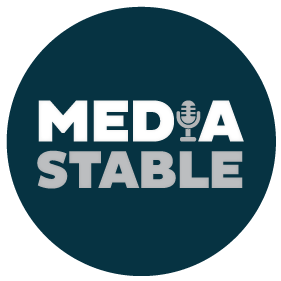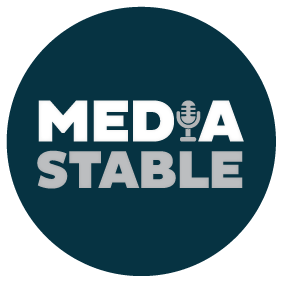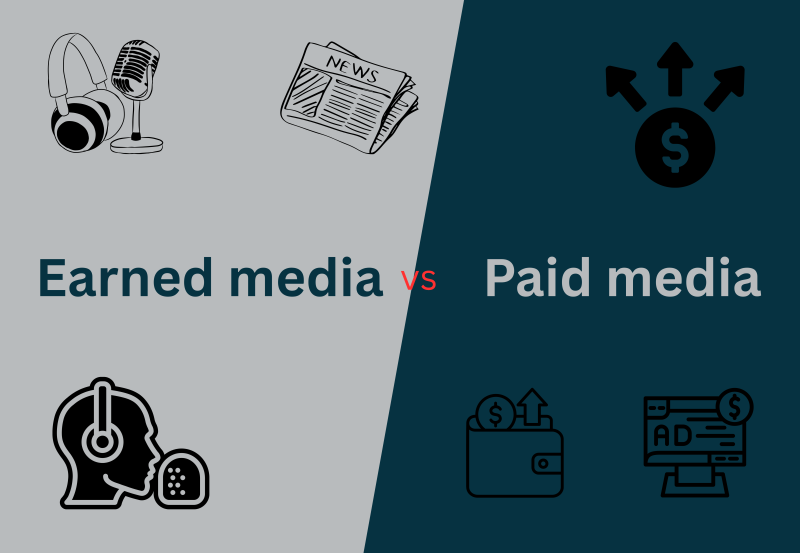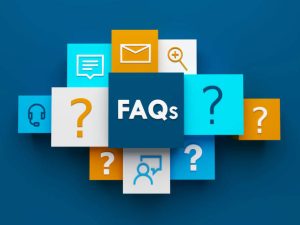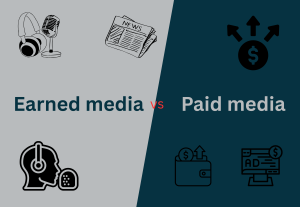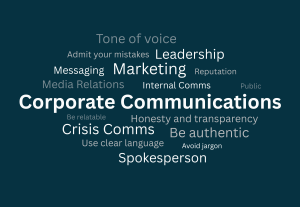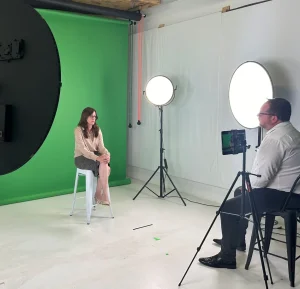When considering media for your personal, business or organisation brand, you may come across the terms ‘earned’ and/or ‘paid’ media.
Earned media is exactly that; you earn the media engagement you achieve rather than pay for it. It’s the recognition and acknowledgement of your skills, your expertise, and your credibility as a leader of industry in your chosen area of excellence. It truly provides you with a ‘rubber stamp’ of your authority in your sector.
‘Paid’ media, is just as it sounds, it’s paid for, by you. It might come in the form of an advertorial or a sponsored segment or post, and while it won’t have the level of engagement and credibility of earned media, it can be a useful marketing strategy as it isn’t dependent on the media news cycle. However, you’ll need to have a budget and be strategic about where you position content and the audience it reaches.
Many in the communications space will describe earned media as ‘free’ media, which is far from the truth. The time, energy, and intellectual bandwidth invested in achieving earned media comes at a cost. Earned media cannot be booked, guaranteed, or strictly controlled, and sometimes, the best-earned media outcomes arise from unplanned or unexpected opportunities.
Strategically placed and timed earned media is achievable with the right elements and a trusted, experienced media professional by your side. It could come from research or a survey you’ve conducted, a new product/facility/service, a newly authored book or a significant business deal. However, if you don’t know how to best frame your story and who to pitch it to, having these elements in place won’t necessarily result in successful media coverage.
With paid media, you will have a large degree of editorial control, but you must ensure you tick all the boxes when it comes to getting a return on your investment. Paid media doesn’t have the prestige of earned media, but it does pave a path to being published or broadcast. It also gives you the flexibility to strategically target specific industry publications or platforms. However, it can be expensive, and if not done well, can look like a pure sales pitch, which isn’t always ideal.
One form of media you should avoid at all costs is ‘fake media’, which is simply paid media coverage, masquerading as earned media. It’s a communications behaviour I’ve been passionately trying to raise awareness of, with sites like the Australian Business Journal – which sounds credible – approaching businesses and individuals to be ‘featured’ on their platform at a significant cost. My strong advice is not to engage with this type of publication. Doing so actually has the potential to damage you and your brand by association.
When it comes to earned vs paid media, there’s no right or wrong answer as to which is best and it’s perfectly acceptable to have both working for you in your communications strategy. Having a mix can make for a more consistent approach overtime, particularly if you’re attempting to engage audiences more regularly than what the news cycle allows for.
The team at Media Stable, all being former media professionals, are earned media specialists, but our knowledge of paid media is also extensive, and we can help you get the best possible outcome if you choose to go down that pathway.
